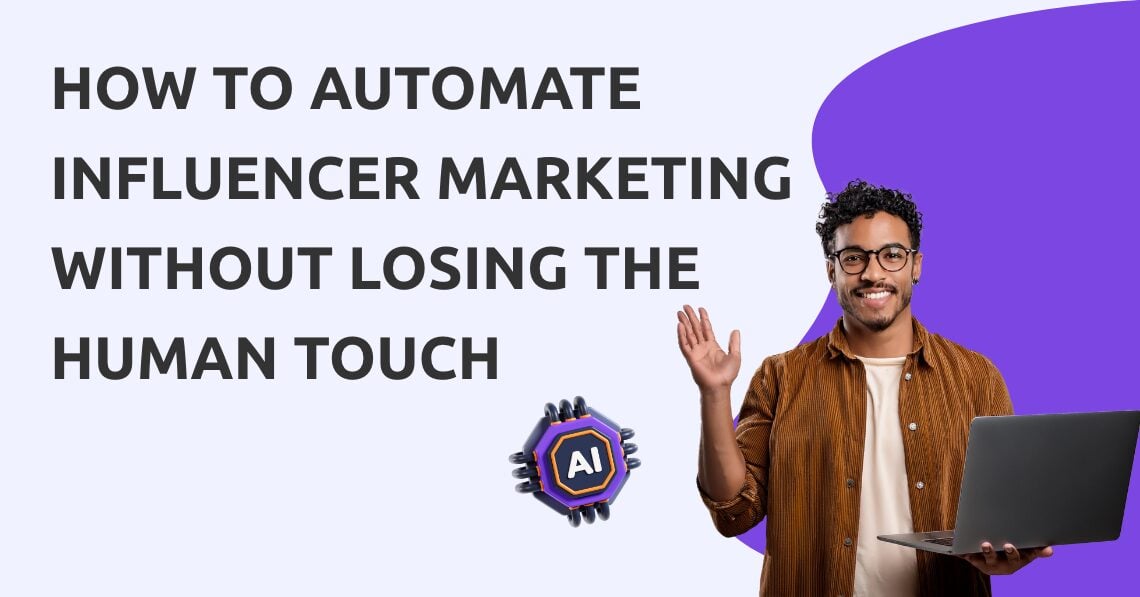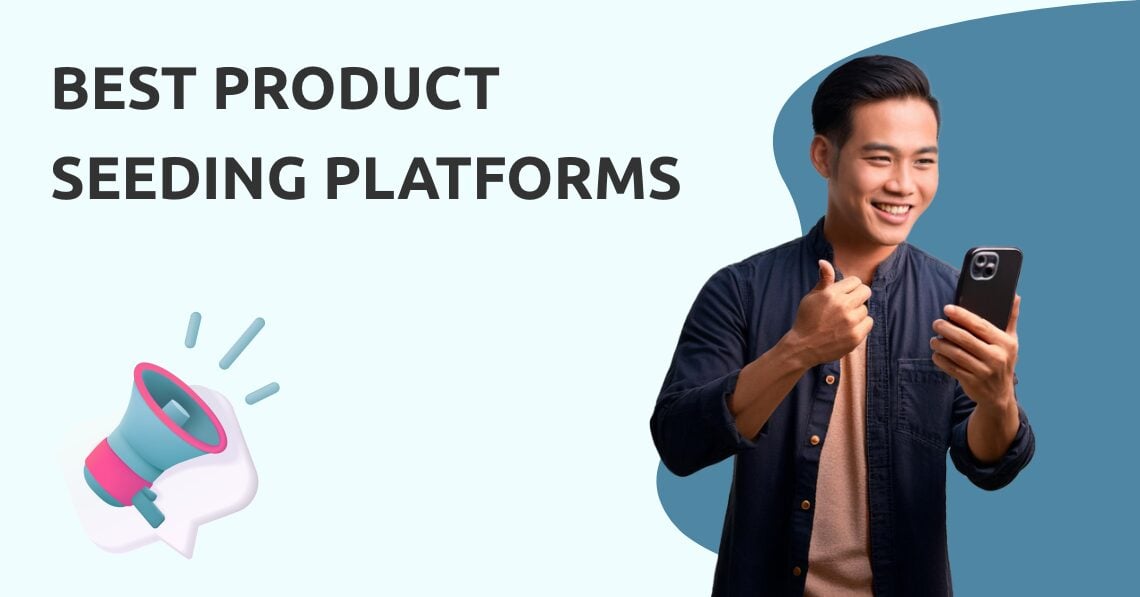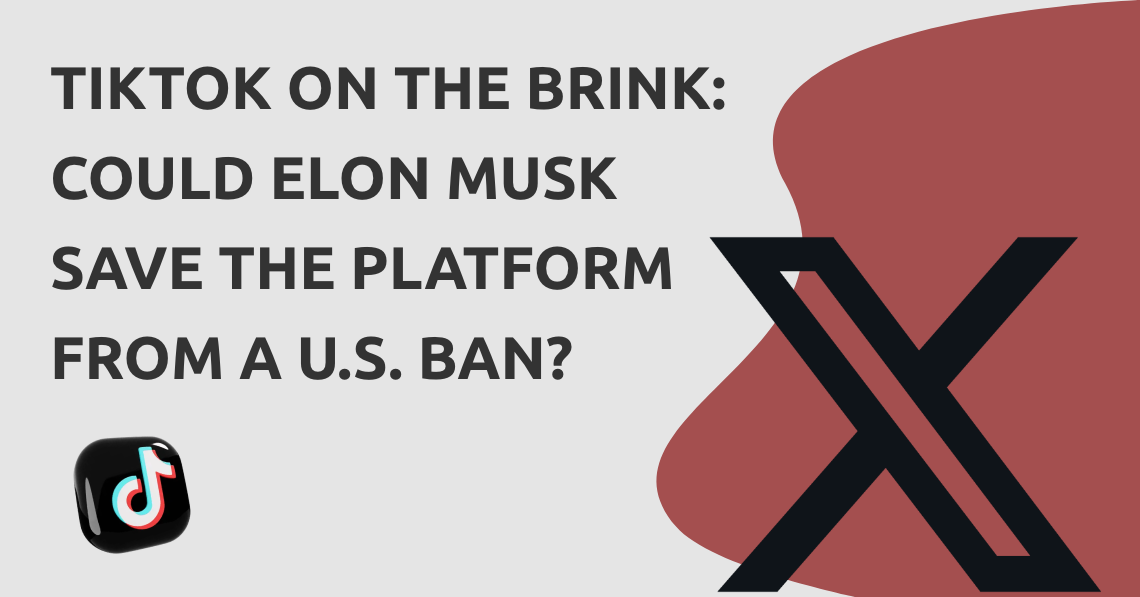Today’s audiences have more reasons than ever to ignore us. They care less about our ads. They don’t have to read our articles. They won’t download anything unless it provides them with something of tangible value. They’ll scroll past your videos.
The reality is that audiences don’t trust brands as much as they trust other people. In fact, Nielsen’s 2021 Trust in Advertising study found that a resounding 88% of audiences trust recommendations of people they personally know. This reinforces earlier findings. In 2015, Nielsen found that 83% of audiences trust friends and family the most.
Amid the ‘Great Resignation’ and the ‘War for Talent’, or the growing investment in demand generation to drive revenue growth, engaging audiences is now more critical than ever.
But how do we bridge the gap between our brand’s goals and audience expectations? We do it by leaning on people to drive our brand advocacy. Today’s companies are sitting on a wellspring of potent brand advocacy potential – their employees.
7 Must-Have Employee Advocacy Tactics:
Employee Advocacy: A Key Brand Advocacy Instrument

Source: pexels.com
Employee advocacy is a program that companies or organizations use to promote themselves and their brands through their employees. Today, the majority of those employee advocacies do it on social media. It spans from coordinated efforts to get employees to share more brand content all the way to robust, formalized programs with goals, key metrics and software.
When implementing a formal employee advocacy program, 79% of brands reported more online visibility, while 65% reported greater brand recognition. Moreover, companies reported a 44.9% increase in inbound web traffic resulting from their employee advocacy efforts.
Basically, employee advocacy programs that leverage more investment in a way of strategy and resources are more impactful.
What Makes Employees Strong Brand Advocates?
They are, but only if you focus your strategy on your employees. Drawing on employee input, ideas, and voice will translate over into a stronger employee advocacy program.
How so?
It all rests on authenticity. This is a big reason why audiences trust their family and friends. You want to carry that authenticity through in your employee advocacy efforts. So, focus on drawing out your employees’ expertise, passions, insights, personalities, and strengths.
Overall, the most authentic advocacy will stand out the most. It will give you the competitive edge across talent acquisition, social selling, thought leadership and more.
7 Must-Haves When Launching an Employee Advocacy Program

Source: pexels.com
1. Define Clear Goals
Your goals will shape the teams you’ll work with and the content you’ll distribute. Some of the most common goals organizations have for employee advocacy include, among others, social selling, talent acquisition, and brand reach.
You can (and should) have multiple goals. However, keep in mind that each goal will lean on different content types and advocacy teams for execution. As you set your goals, you should sync with each of the relevant teams to make sure you get their buy-in and their input in the development of your strategies.
2. Put Your Employees at the Center
It might seem obvious (it’s called “employee advocacy” after all), but there are many practical reasons to focus on your employees before proceeding further.
Get Employee Buy-In
You’ll want to start by answering the question, “what’s in it for me?”
Ultimately, you’d be asking your employees to set aside time out of their day to do something beyond their day-to-day jobs. It’s a genuine resource investment as far as they’re concerned.
You can position the benefits of employee advocacy in a few ways.
First, talk about how the initiative is an opportunity for employees to improve their personal branding. They can showcase what they do at work, their expertise, and many other sides of their professional lives to their peers.
Second, showcase how employee advocacy is a good way for your wider team to get more visibility and reach on LinkedIn. Your employees get the benefit of growing their professional networks. Your company extends its brand reach through your employees’ network growth.
Third, demonstrate that the initiative is a good opportunity for your employees to showcase their thought leadership and expertise in the industry. If they have an interest in being featured and/or becoming an industry personality, employee advocacy could be a good launching point. This will help your brand too as people will associate that personality with your company.
Fourth, employee advocacy can present a chance for your employees to flex their own creative muscles. You don’t want your program to be a one-way street where you expect employees to share your content. Rather, involve them so that they feel they have a stake in the program.
Interestingly, 33% of employees already post about their workplaces on social without any direct encouragement from their employers. You want to leverage and elevate that existing energy.
Make Sure Your Employees Can Speak to the Content
Be it branded or unbranded content, a one-size-fits-all approach doesn’t work. Put yourself in the seat of your employees: what content would they like to talk about and share?
Identify the departments you want to see engaging on social media. Look for content that’s relevant to their skills, daily work and interests. You can even survey these teams to find out their favorite blogs, podcasts and other sources of information.
3. Get Executive Buy-In
Your executives should champion your employee advocacy efforts. In fact, they set the tone for the rest of the company by showing that engaging on social media is key.
4. Involve Your Employees in Content Creation
Make employee-generated content (EGC) a key part of your content mix. It might sound risky as companies are always concerned about their employees posting the wrong things on social. But you have a range of tools that can mitigate risk and empower your employees at the same time.
One of these tools would be a social media policy. Build a policy to clearly establish the content your employees are allowed to create. You can set rules on what they’re prohibited from posting as well as how they should conduct themselves on social media. Think of a social media policy as a runway that guides employees to take off without veering off course.
The benefit of using EGC is that you get content that comes straight from the mind and voices of your employees. In other words, EGC will carry the most authenticity to your audiences.
EGC is also a good way to diversify your content mix, especially with unbranded content. Not every organization is comfortable with promoting third-party content. EGC is a good strategy for bridging the gap between needing to balance branded and unbranded content while respecting your company’s preferences.
EGC also helps you generate content quantity. You’ll want a regular and consistent stream of content to sustain your momentum. If your marketing team isn’t large enough to produce both branded and unbranded content for the team, then leaning on EGC is a good move.
It also incentivizes your employees to share and engage the content. EGC has the dual effect of both spotlighting employees while also involving them in the creation process. Your employees will have a direct stake in your employee advocacy efforts.
5. Make Your Employees Comfortable on Social
Look for blockers stopping your employees from being more active on social media. You can start by seeing if there’s a gap or disparity in their personal branding compared to that of their peers. For example, do your employees need professional headshots? Do they need banners?
These are valid concerns. Your employee advocacy program should position your wider team in the best light possible. You also want your employees to stand out against their peers, who may be working in competing companies.
You should also help generate early momentum. Sometimes, the lack of early traction could discourage your employees from committing over the long term. You can offer post templates and suggestions (for tagging authors, relevant hashtags, etc). You should also encourage the wider team to comment, share and engage with each other’s posts.
You can also share EGC on your official accounts. This will give the employee who created the post some additional visibility. But it also shows others that the company celebrates the things its employees are up to.
6. Build Processes That Encourage Growth
Cement your early gains with a plan to drive long-term growth.
For example, you can integrate employee advocacy into the new-hire onboarding process. You can train new employees on the social media policy, the processes for suggesting and creating content, and so on. This approach helps grow your advocate roster by bringing employees who perceive the program as a part of their job from the first day.
You can also introduce leaderboards and rewards to encourage more activity. On one end, you can use these mechanisms to drive internal competition. But don’t focus on just overall winners.
You can also create rewards for those who achieve other metrics, like “most improved” or those who’ve just joined your program recently. You can also add achievements or badges to make it seem that active employees are accumulating recognition.
You should also build formalized mechanisms that encourage employees to create EGC and suggest content. You can start by using your company’s existing tools. For example, you can use Slack or Teams to start taking in employee feedback and suggestions.
Once again, as your employees drive more of the narrative, your audiences will sense greater authenticity in your advocacy efforts.
7. Look at Wider Organizational Factors

Source: pexels.com
Strong employee advocacy isn’t an end in itself. Rather, it’s a reflection of the health of your organization as-is.
For example, if your employees bought into your company’s culture, values, mission, and other attributes, you want to channel that positive energy outwards through advocacy. You want your employees to talk about the things in your company they already support.
But if they’re not advocating for your brand on social, then it’s worth investigating deeper to see if there are major blockers outside of your program. You’ll need to sync up with your executive and HR/human operations team to properly address these blockers.
In cases where your company does provide support and programs, but your employees aren’t aware of them, you may need to lean on internal marketing.
Internal marketing is a multi-point strategy for making your employees informed, invested, and enthusiastic about your company. It involves internal communications, programs, benefits and more to fuel employee buy-in towards your organization.
Next Steps
In this post, you may have noticed the heavy emphasis on centering your advocacy program on your employees. This is a crucial point. The most valuable currency on social is authenticity, and having more of it compared to your rivals is the difference-maker.
Unfortunately, there’s always a risk of forgetting that in an effort to just extend reach or to drive revenue goals. However, you should achieve these goals by building that authentic connection with your audiences. To achieve that link, your employees need to be comfortable and invested in your employee advocacy efforts.
You can set the right tone from the start of your employee advocacy program. You don’t need to focus on tools right away, but rather, pursue the right people and processes.
In terms of people, start with the teams that are both already active on social and have the most to gain by deepening their engagement. For most organizations, these are usually the marketing and sales teams, but given the war for talent, human resources may also be interested.
In terms of processes, build a social media policy alongside mechanisms to receive employee input and feedback. Create resources that spell out exactly what your employees need to do to generate early reach and visibility gains.
Author Bio:



